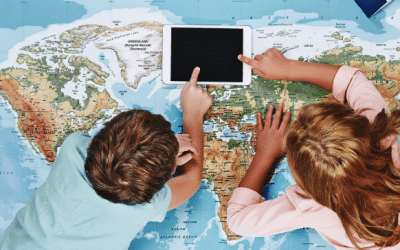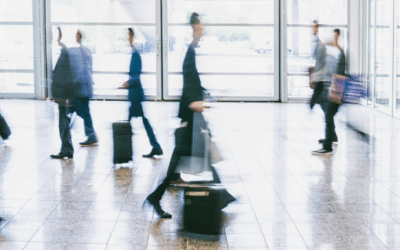It is understandable that what was a loyalty-driven factor then, might not be that efficient now. The transparency in prices that the travel industry experiences nowadays, makes the process of comparing and deciding shorter and smarter. On top of that, the handful of free booking engine options turn it even smoother. Put the two together and you have customer loyalty to those who provide the combo of best prices + personalised experiences.
To quote Hervé Couturier, former Amadeus Executive Vice President of R&D, ” There’s an appetite amongst consumers to go beyond simply booking travel at the lowest price. What we are seeing now is a growing demand for personalisation and content enrichment”. Precisely. To get there it is important to have the full combo. Being generic to save time is definitely not the answer, as the period when context was not that important has passed and now we live on the customised content era.
What does the customer expect?
The answer is relevancy. There are multiple ways and formats a business can use to attract clients. Yet, not any content will get the job done. Here is what a consumer that lives in our hyper-connected world wants: a tailor-made service that can satisfy their individual needs. From this point, on the way to achieving customer loyalty, companies can do more, but never less.
“The next big thing in travel will be the better use of information to make travel more personal and predictive. Consumers are spending more time with travel content, but as they do so, they expect the content and experiences to be personalised and tailored to their interests and needs. To meet that demand, destinations will need to use data, sophisticated targeting and new technologies to create customized offerings and itineraries that appeal to specific audiences, while also highlighting what sets their destination apart from others in the competitive set. That requires an approach that blends art and data – or as we say, led by creative, proven by science.”
Monya Mandich, Global Senior Director at Expedia.
The misinterpretation of loyalty
There are ways that the concept of loyalty can fool you. Behind customers’ behaviour lays different answers that, in most cases, don’t translate into loyalty. Take loyalty programs for example, although it carries the concept in the name, some members of a loyalty program might not be loyal at all. Incentives are undoubtedly a great way to attract clients, however, it might not be enough to keep them from choosing a competitor when better offers come up.
Moreover, if you think having an amazing product or service will be the key to attract and retain consumers, think again. To deal with loyalty, brands need to deal with emotions. Like the loyalty programs, if the product is great but your clients are not emotionally attached to it, then they are just waiting for a competitor to show up so they can switch to see if their offer is better. Differently, if your customers are deeply attached to your brand and what you offer, then there is nothing a competitor can do to take your place in their hearts. Unless you disappoint your loyals and give them a reason to start looking for something new.
What can help you find more loyal customers and, most importantly, keep the ones you have
Keeping the current clients close and engaging new ones is not as hard as one might think it is. Being mainly based on services, the travel industry sets the standards high. Therefore, the first step to sustaining the growth of customers’ loyalty is to deliver an excellent and smooth customer service.
An American Express study showed that even “Millennials are willing to spend the most (21% additional!) for great customer care”. Companies should perceive customer service as a potential differentiator factor that will add value to the “moments of truth” along the clients’ journey.
Secondly, businesses should focus on reducing the obstacles along the purchasing process. According to Salesforce 74% of people are likely to switch brands if they find the purchasing process too difficult. One of the common restrictions users find is that businesses sometimes don’t speak their languages.
Another usual difficulty clients encounter is the lack of knowledge companies have of who they are and/or what their problem is. In today’s industry, where online support is being perceived as a cheaper way to interact, using a human-centric customer service approach sounds like the best solution. At a time where data is the most common word we hear, customising interactions with consumers should be easier than businesses expect.
In a few words, to drive loyalty in the current industry a company needs to craft the experiences. And to do so, it should rely on data and personalised content. As a result, it will add more value to the customer journey, increase customer satisfaction and start building an emotional bond between the brand and the client.




